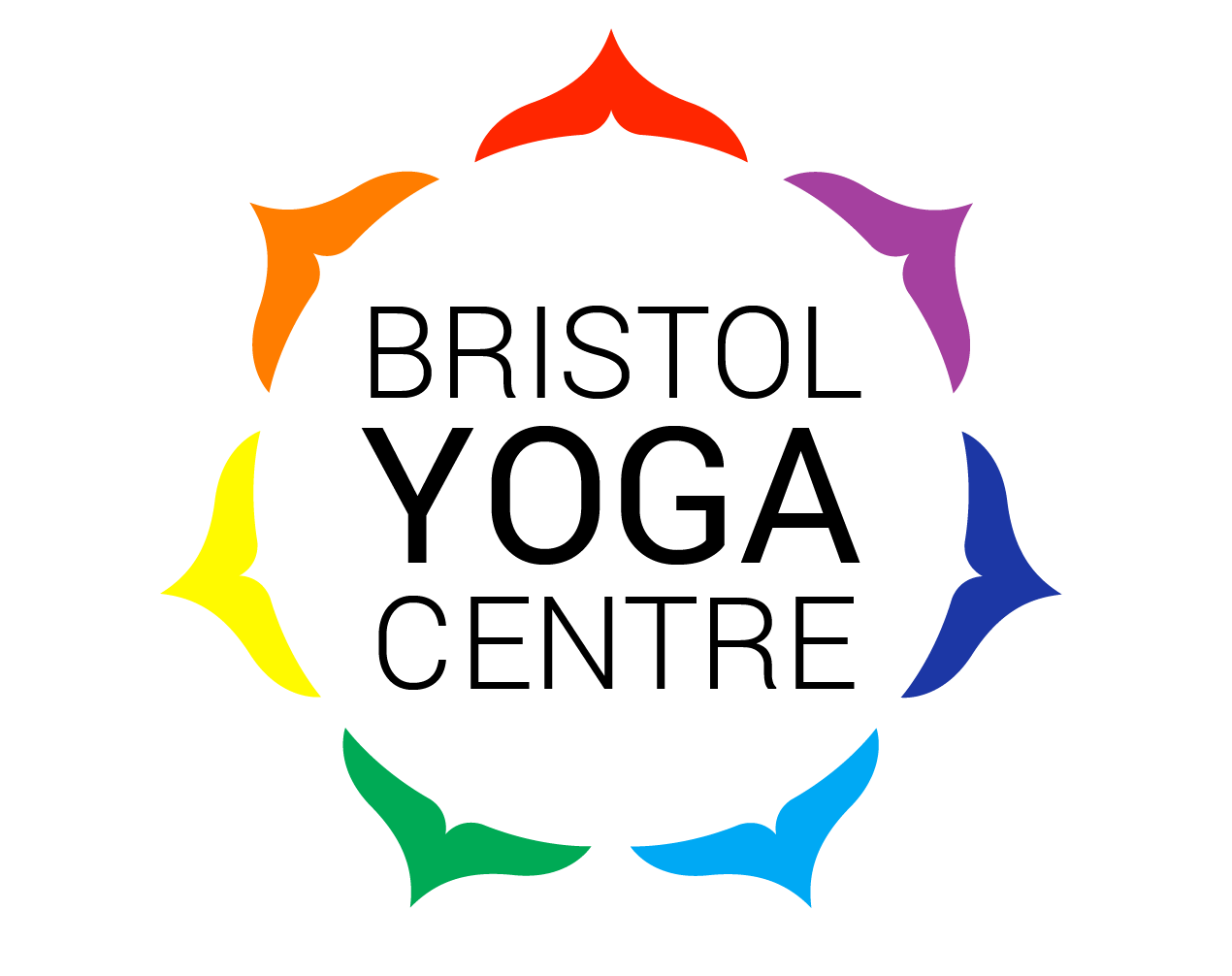I thought I would write about yoga for healthy backs because I recently hurt my back and had to modify my personal practice. Yes, yoga teachers sometimes do get ill and injured! In my opinion this can actually improve our teaching because we can understand what it is like and how to deal with it from a first-hand experience.
Injuries can be frustrating and stressful but it can also be an excellent time to reflect and get to know ourselves better. After all, one of the most important elements of yoga practice is self-understanding. Illness and injuries are common part of living and now that we are all living longer, we are bound to encounter problems from time to time.
In yoga, what is important is not necessarily whether you can do the pose well (or even at all) but how we deal with the challenges that we face. Try to take a moment to question, do you try and force yourself into a difficult pose without paying attention and listening to your body? Does your practice benefit and reflect where you are at the moment?
Whilst you are injured, it is really important that you are sensitive and aware of the body so that you can adapt the practice creatively. Try to avoid doing strong poses or sequence. This is not the time to challenge yourself. Instead try to practice in a gentle, mindful way. Think of how we would act if your looking after those we love that are in pain.
Whilst there are many different types of back problems, I thought I would try and provide a general tips and guidelines for practice. These are the movements and postures that I found particularly beneficial. If any of the poses or movements hurt, try modifying and if it’s still painful you can skip it altogether. Remember less is more. Doing a regular short gentle mindful movement is much more helpful for recovery. Make sure to consciously breathe through the whole practice. This will help you to relax and recover more quickly. Most of the practice is done on the floor to avoid compression and remove the pressure of gravity on the spine.
1. Semi supine pos
Try experimenting different ways of lying that feels best for your back. Start by connecting with your breath and encouraging your whole body to relax completely.
2. Wind Releasing Pose and variations
If it doesn’t hurt your back, try moving very gently in a circle, side to side or forward and back movement .
3. Supine mountain pose with arm raise
Lie with your feet flexed and your legs engaged as if you are standing with your arms by your side. Slowly extend your arms over head. Try to get your arms and hands to touch the floor above your head. Repeat this movement slowly with your breath. Inhale, raise your arms and exhale release your arms back to the original position.
Once you have repeated the arm rise, try holding the pose with your arm extended overhead and point and flex your feet several times. Use of a block is optional.
4. Pelvic tilts
In this exercise, you are gently moving from anterior to posterior pelvic tilt. Inhale arch your back slightly and tilt your hips forwards. Exhale gently pull your belly in and flatten your back. Move with your slow deep breathing.
To strengthen your belly, hold in the posterior tilt position with the abdomen drawn in for several breaths and release. Repeat the hold few times.
After the exercise, try to find a neutral alignment for your spine and relax completely.
5. Supine twist (dynamic and static)
Start from semi supine pose and slowly release into the twist on an exhalation. On an inhalation, return back to centre. Repeat on the other side. Once you have completed several rounds, hold the twist for several breaths on each side.
6. Supine cobbler pose
In this dynamic variation of the lying cobbler pose, we will be moving our legs in and out slowly with your deep smooth breath. Exhale bring the knee into wards one another and feet down on the floor. On your inhale return to the original position. Repeat this several times.
When your ready hold cobbler pose for several breaths. If it’s a strain to hold this position, try using yoga blocks underneath the legs or use a yoga belt to support your hips.
7. Full relaxation pose
To make the final pose even more relaxing use folded up blanket underneath your legs and optionally use eye pillow and another blanket to cover yourself. Try and make yourself really comfortable so that you can relax fully. Feel free to use semi supine pose instead.







